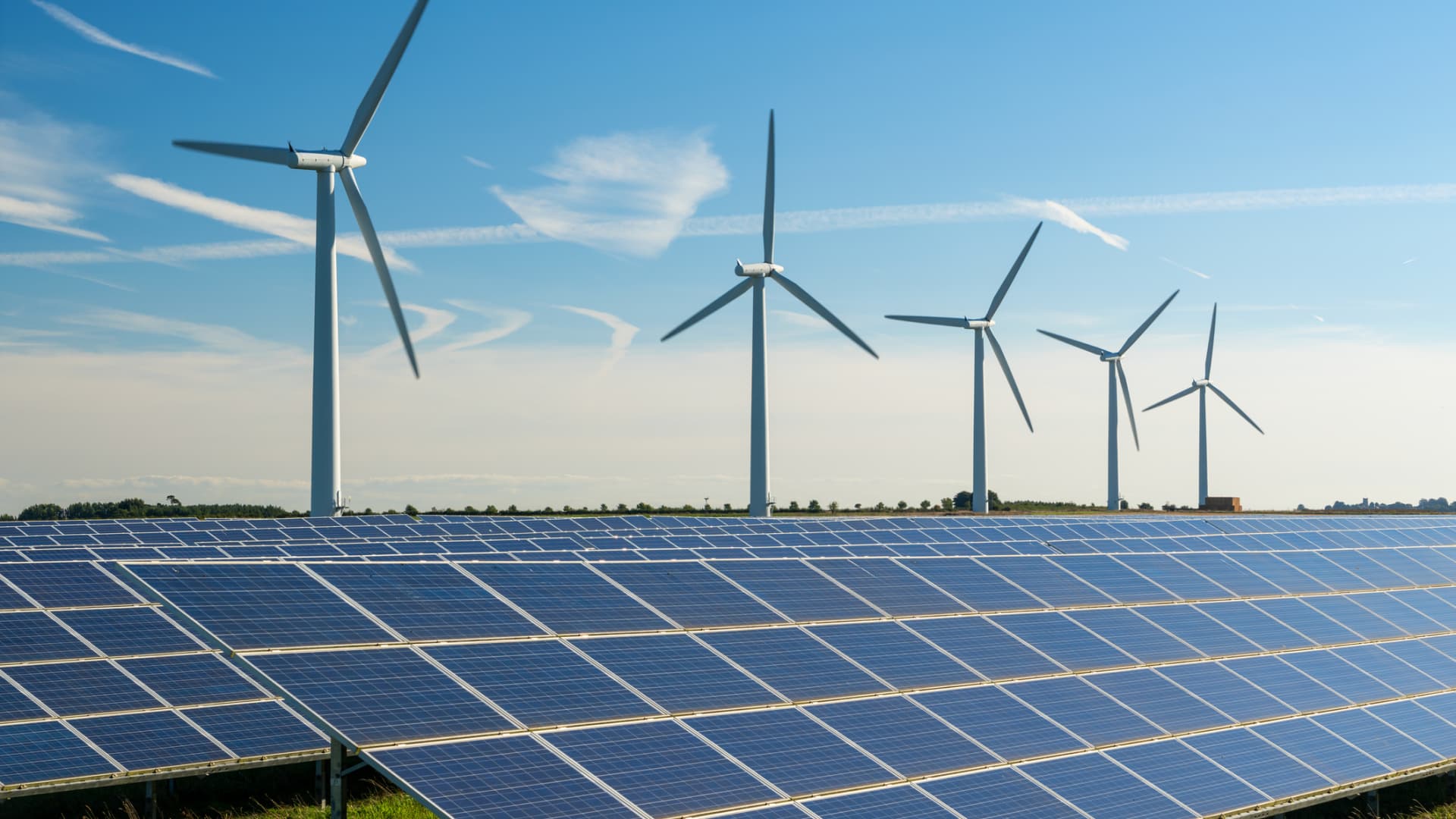Energy
Sunday, July 17th, 2022 11:30 am EDT
A solar panel has a useful life of about 20 years. That means a lot of panels installed in the early part of this century are ready to be replaced. But what to do with them? Until now, most of them have simply been discarded in dumps and landfills because no commercially viable recycling process existed to recapture the precious elements inside them. But just as companies like Redwood Materials are finding they can recycle EV batteries and make money at it, some companies are seeing the financial opportunities that old solar panels represent and are pursuing ways do the same.
In a recent report, Rystad Energy, an independent energy research and business intelligence company with offices in Oslo, London, New York, Houston, Aberdeen, Stavanger, Moscow, Rio de Janeiro, Singapore, Bangalore, Tokyo, Sydney and Dubai, says, “The demand for recycled solar photovoltaic (PV) panel components is set to skyrocket in the coming years as the number of installations surges and the threat of a supply bottleneck looms.”
It says the recyclable materials from PV panels at the end of their lifespan will be worth more than $2.7 billion in 2030, up from only $170 million this year. The trend will accelerate in the coming decades with the value of recyclable materials projected to approach $80 billion by 2050. With that sort of money on offer, Adam Smith’s unseen hand is likely to step in and work its magic.
“Our forecasts show that recovered materials from retired panels could make up 6% of solar PV investments by 2040, compared to only 0.08% today,” Rystad says. “The material supply side is expected to encounter bottlenecks with the growing demand for minerals, and recycling can be a supply relief as panels reach the end-of-life stage.”
“Rising energy costs, improved recycling technology, and government regulations may pave the way for a market where more defunct solar panels are sent to recycling rather than the nearest landfill. Recycling PV panels can help operators save costs, overcome supply chain woes, and increase the likelihood of countries meeting their solar capacity goals,” says Rystad Energy analyst Kristin Stuge.
Getting At The Good Stuff
There are lots of raw materials that go into a solar panel, but getting them back out is hard. Researchers at Arizona State University have received a $485,000 grant from the DOE Advanced Manufacturing Office to pursue a new recycling process to recover high value materials like silver and silicon. If all goes well, a cleaner and more cost-effective solar recycling process could reach the market right as the first wave of solar panels hits the waste stream, according to The Verge.
“As we’re ramping up clean energy manufacturing, producing more clean energy tech, thinking about recycling at the end of life becomes even more important,” says Diana Bauer, acting deputy director of the Advanced Manufacturing Office at DOE.
Meng Tao, a solar sustainability researcher at ASU who’s leading the new recycling effort, estimates that the world could face supply shortages of silver long before we’ve built all the solar panels needed to transition off fossil fuels. Solar grade silicon takes tremendous amounts of energy to make, and using it more than once is important for keeping the solar industry’s electricity demands — and its carbon footprint — to a minimum.
When solar panels are recycled today, these materials are rarely recovered. Instead, recyclers typically remove the aluminum frame holding the panel together, strip the copper wiring off the back, and shred the panel itself, creating a solar hash that’s sold as crushed glass. Those three products — aluminum, copper, and crushed glass — might fetch a recycler $3 per panel, Tao says. Companies that Tao has spoken with say it costs up to $25 to recycle a panel, after decommissioning and transit costs.
Tao and his colleagues are proposing a process in which the envelope-sized silicon cells inside solar panels are first separated from the sheets of polymers and glass surrounding them using a hot steel blade. A patent pending chemical concoction developed by Tao’s recycling startup TG Companies is then used to extract silver, tin, copper, and lead from the cells, leaving behind silicon.
While the recycling process uses harsh chemicals, Tao says those chemicals can be “regenerated and used again and again,” reducing the amount of waste that’s created — a feature he believes makes his recycling method unique. He adds that by recovering lead, the process also has the potential to eliminate an environmental hazard that would otherwise wind up as recycling waste or in landfills. He foresees the potential to recover about $15 worth of silver from each panel but there is no way yet of recapturing the silicon without using an expensive and energy intensive process.
Rystad Energy says that after the aluminum frame and junction box are separated from a used solar panel, it is ground into pieces and sorted by material. “There are PV disassembly machines on the market today, including one by Japan-based NPC, which separates the panel parts even further before grinding the remains, enhancing the recovery rate for materials. With evolving technology, the market is gradually perceived with greater enthusiasm, and new companies are emerging, such as the US-based start-up SolarCycle, which has generated significant seed funding from investors,” it says.
There will be political considerations as well. “Technology, policy and economic viability are both barriers and solutions to evolving circularity of minerals in the PV panel industry,” Rystad says. “Regulatory mechanisms can be an efficient tool to create rapid change, as we have already seen in the European market and through some initial attempts in the US at the state level. Ultimately, bottlenecks and long lead times in raw material mining could turn solar PV recycling into an economically viable industry in the coming decades.”
How Much Will Recycled Materials Be Worth?
By 2040, Rystad projects the world will be dealing with 27 million tons of discarded solar panels every year. “By assuming a 15 year lifespan of a PV panel and analyzing installation activity in 2022, we can estimate which regions and countries will benefit most from recycling PV materials in 2037. China is set to account for 40% of global installations this year, and when these panels mature in 15 years, the estimated recycling value will be $3.8 billion, out of a $9.6 billion global total.
“India will trail in second place with an estimated $800 million in value, followed by Japan with $200 million in estimated value. The value of recyclable material in North America in 2037 is projected to be worth $1.5 billion, with Europe set to hold $1.4 billion.”
The Takeaway
We can’t crow about how environmentally friendly renewable energy sources are if they turn out to be major sources of pollution in the future. The key is to create circular economic systems that reuse the materials inside all the EV batteries and solar panels that will be manufactured over the next 20 years or more. Already there are efforts underway to recycle the blades of wind turbines. Recycling technology may not be sexy like building electric cars, but it is no less important if we are to keep the Earth from becoming uninhabitable by humans.
Appreciate CleanTechnica’s originality and cleantech news coverage? Consider becoming a CleanTechnica Member, Supporter, Technician, or Ambassador — or a patron on Patreon.
[embedded content]
Advertisement
 This post has been syndicated from a third-party source. View the original article here.
This post has been syndicated from a third-party source. View the original article here.




